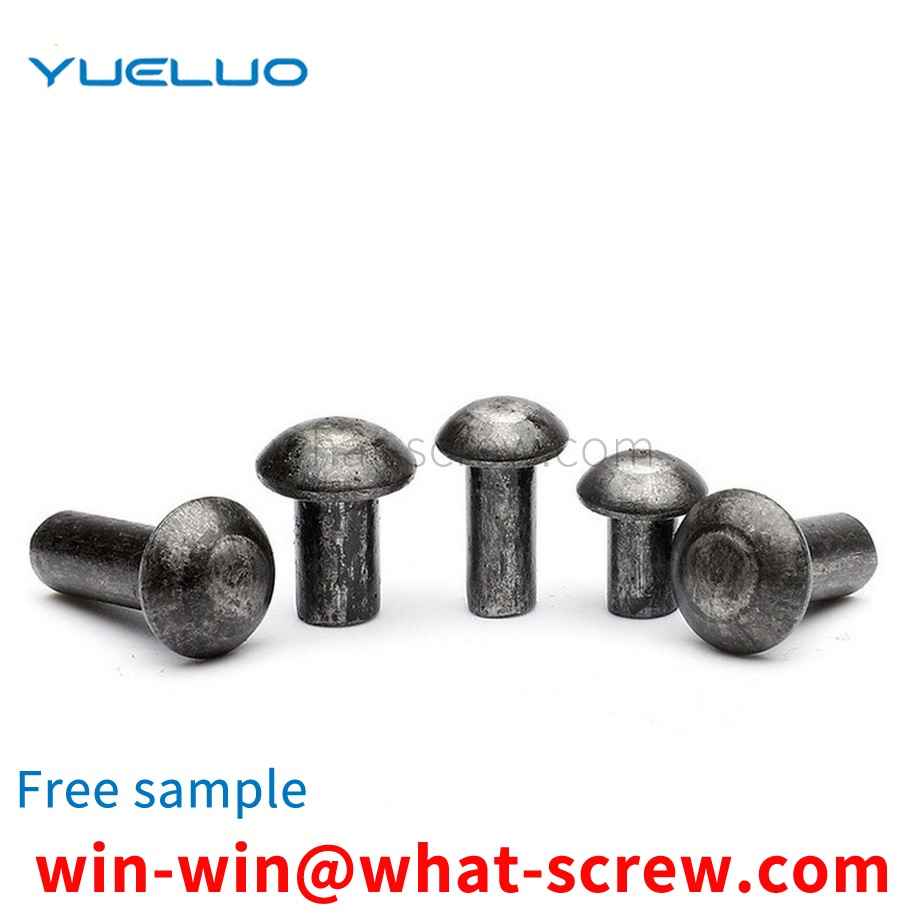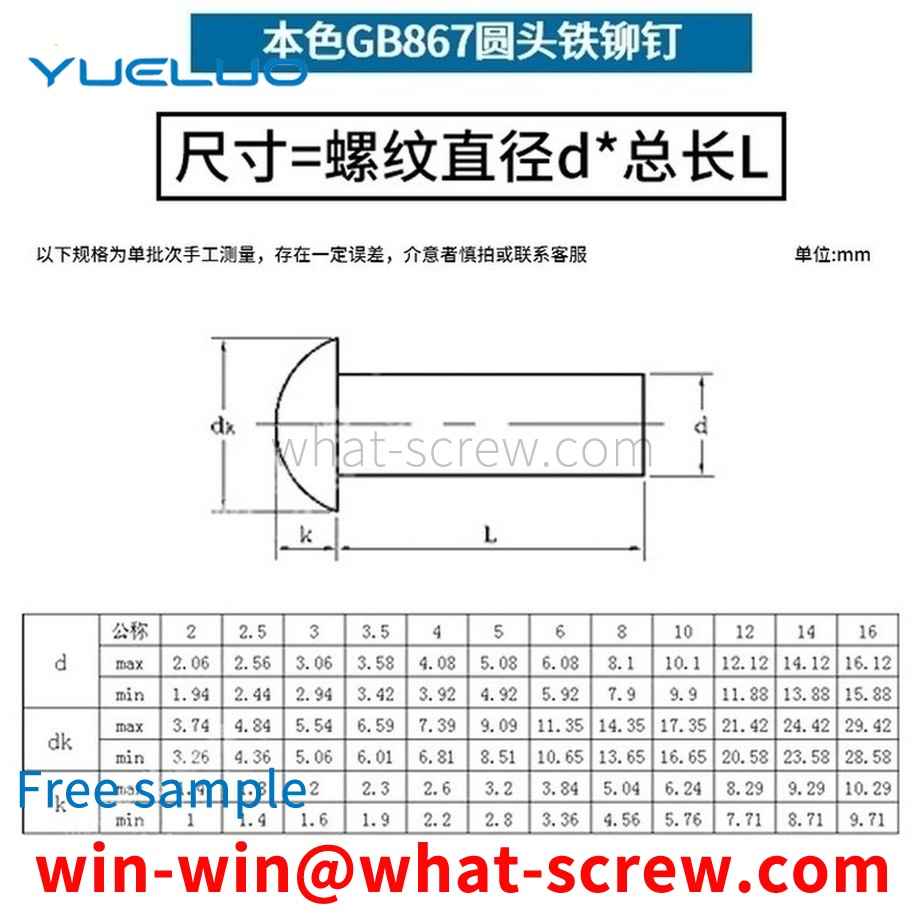304L stainless steel cold pier line, 304 stainless steel cold pier line, 310 stainless steel cold pier line, 303 stainless steel cold pier line, 302 stainless steel cold pier line, 301 stainless steel cold pier line, 202 stainless steel cold pier line, 201 stainless steel cold pier line, 410 stainless steel Cold pier line, 420 stainless steel cold pier line, 430 stainless steel cold pier line, 316L stainless steel cold pier line: 316 stainless steel contains molybdenum and low carbon content, and its resistance to pitting corrosion in marine and chemical industry environments is much better than 304 Stainless steel! (316L low carbon, 316N nitrogen high strength and high strength, 316F stainless steel with high sulfur content, easy to cut stainless steel [1]. 304L stainless steel cold pier wire: as a low carbon 304 steel, in general, the corrosion resistance is the same as 304. Similar, but after welding or after stress relief, its resistance to grain boundary corrosion is excellent, and it can maintain good corrosion resistance without heat treatment. 304 stainless steel cold pier wire: has good corrosion resistance, heat resistance High temperature resistance, low temperature strength and mechanical properties, good thermal processability such as stamping and bending, no heat treatment hardening phenomenon. Uses: tableware, cabinets, boilers, auto parts, medical appliances, building materials, food industry (use temperature -196°C-700° C) 310 stainless steel cold pier wire: The main features are: high temperature resistance, generally used in boilers, automobile exhaust pipes. Other properties are average. 303 stainless steel cold pier wire: By adding a small amount of sulfur and phosphorus, it is easier to cut than 304, Other properties are similar to 304. 302 stainless steel cold pier wire: 302 stainless steel bar is widely used in auto parts, aviation, aerospace hardware tools, chemical industry. The details are as follows: handicrafts, bearings, slippery, medical equipment, electrical appliances, etc. Features: 302 stainless steel The ball is austenitic steel, which is close to 304, but the hardness of 302 is higher, HRC≤28, and has good rust and corrosion resistance. 301 stainless steel cold pier wire: good ductility, used for forming products. Machining makes it harden quickly. Good weldability. Wear resistance and fatigue strength are better than 304 stainless steel. 202 stainless steel cold pier wire: belongs to chromium-nickel-manganese austenitic stainless steel, and its performance is better than 201 stainless steel cold pier wire Shenzhen Global Stainless Steel Cold Pier Wire 201 Stainless Steel Cold Pier Wire: It belongs to chromium-nickel-manganese austenitic stainless steel, with low magnetic properties. 410 stainless steel cold pier wire: belongs to martensitic (high-strength chromium steel), with good wear resistance and corrosion resistance Poor performance. 420 stainless steel cold pier wire: cutting tool grade martensitic steel, similar to Brinell high chromium steel, the earliest stainless steel. It is also used for surgical knives and can be made very bright. 430 stainless steel cold pier wire: Ferritic stainless steel, decorative, e.g. for car accessories. Good formability, but poor temperature and corrosion resistance
Bearings are an important component in contemporary machinery and equipment. Its main function is to support the mechanical rotating body, reduce the friction coefficient during its movement, and ensure its rotation accuracy. Every time the locomotive is repaired, the end cover of the axle box needs to be disassembled, the axle head is tested for flaws and the bearing is supplemented with grease, which involves the disassembly and assembly of the axle box bearing retaining ring. The existing disassembly method is to use the traditional method of inserting two tongue pins into the gap between the bearing retaining ring and the axle box to pry left and right, and slowly separate it from the axle head. Because the clearance between the bearing retaining ring and the shaft head is small, and the adhesive force generated by the grease in the axle box is large, if the disassembly method is not appropriate or the force is not uniform, it will cause certain damage to the axle box body and the bearing retaining ring or jam. It is easy to cause damage to the bearing, and there is also the possibility of damage to the disassembly and assembly tools, so the safety risk is high, and each disassembly and assembly of the bearing retaining ring is time-consuming and laborious, labor-intensive, low-efficiency, and increased maintenance costs.
Bolts are widely used in the machinery industry. WaikatoRound head bolts are generally fixed in equipment parts, but during long-term use, due to external force or vibration of the equipment itself, the bolts are loosened, and the bolt heads have a long-term use process. A fatal disadvantage is that it is prone to slippage, which can cause major safety hazards and economic losses to users in severe cases.
Many customers ask what is the difference between a WaikatoWaikatorivet nut and a WaikatoWaikatorivet nut, and how to use it? Let's take a look at the difference between a WaikatoWaikatorivet nut and a WaikatoWaikatorivet nut with Yueluo. First of all, in terms of appearance, you can look at the differences in appearance. In terms of appearance, the difference between the WaikatoWaikatorivet nut and the pressure WaikatoWaikatorivet nut is still very big, but their main functions are almost the same. They all provide threads for thin plates, but the way of installation is different. The method of installation greatly determines the purpose and use of a nut. First of all, the installation method of the riveting nut is to use the riveting equipment to carry out the riveting, so it is suitable for use in the place where the riveting is not easy for the square tube and the round tube. The WaikatoWaikatorivet nut also makes up for some of the shortcomings of electric welding, such as aesthetics, and places that are not easy to weld, such as thin plates.
The pretreatment process is a key process that determines the quality of nickel-phosphorus plating on high-strength bolts. The purpose of this process is to remove the passivation layer on the surface of the bolt and prevent the regeneration of the passivation film. The execution of this process directly determines the degree of bonding between the substrate and the coating. Most of the quality accidents in production are caused by poor pretreatment of bolts. Before plating, the oil, rust and oxide scale attached to the surface of the bolt must be carefully removed; the difference with electroplating is that it should be inspected more carefully, and plating is absolutely not allowed on unclean bolts. ① Inspection of bolts: Visual inspection of the surface quality of bolts requires that any burrs left by processing must be removed, and sharp edges and corners must be rounded. ② Manual degreasing; ensure that the surface of the substrate is free of oil stains. ③ Soak and remove oil; boil the bolts in alkaline water to remove the surface oil. ④ Pickling: In order to prevent the alkaline degreasing solution from contaminating the flash nickel plating tank, electro-activation treatment is carried out with pickling solution before flash nickel plating. ⑤ Electro-activation; electro-activation treatment with acid solution. ⑥ Flash nickel plating; flash nickel plating should be used for low alloy steel to increase the bonding strength between the coating and the substrate.
We have many years of experience in the production and sales of screws, nuts, flat washers, etc. The main products are: external tooth non-slip washers, countersunk WaikatoWaikatorivet nuts, plum WaikatoWaikatohandle screws, mixed screws and other products, we can provide you with suitable fastening products piece solution.



















 Service Hotline
Service Hotline




